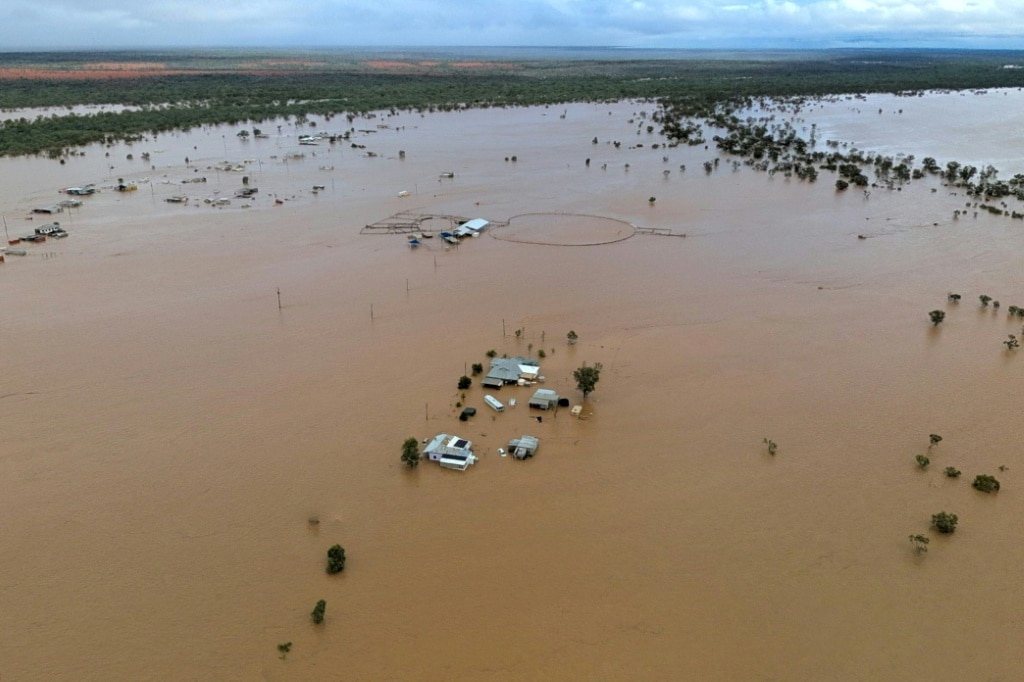Forecasts point to dry autumn and winter for much of the south
Dry years and low incomes leave farmers and their bank balances exposed, with one farm leader saying recovery will take years.
Farmers in drought-hit regions across southern Australia are watching their chances of a good early autumn break slip through their fingers like dust, with the latest forecasts failing to provide much hope.
With little to no significant falls forecast for the coming week, there are also concerns the high temperatures of up to 30 degrees will push livestock to consume more water.
A Bureau of Meteorology spokesman said the latest long-range forecast indicated there was now “an increased chance of below median rainfall for much of southeast Australia, particularly northern Tasmania and inland of the Great Dividing Range on the mainland” for autumn and winter, and warmer-than-average temperatures were also very likely across the southern two-thirds of Australia.
The BOM also issued a drought statement last week, noting rainfall deficiencies continued to be recorded over all agricultural regions of South Australia and western, southern and parts of central Victoria, with Tasmania experiencing its second-driest start to the year since 1900.
Hamilton farmer and Victorian Farmers Federation livestock councillor Bradley Venning said farmers’ bank balances were depleted after two dry years which followed a run of poor livestock and wool prices, compounded by high interest rates.
“That has left a lot people exposed, even if we do get rain soon, for many people financially this period will already take years to recover from,” Mr Venning said.
“Water is becoming critical in some areas, particularly north of the Glenelg Highway where there isn’t bore water available.
“It is not just south west Victoria that is in a bad way, but much of central Victoria, SA and the Mallee and Wimmera don’t have much subsoil moisture.
“Most farmers are organised for water in the next few weeks, but it is the coming months, winter and what happens after that if we don’t get decent run-off, that is the real worry.”
Mr Venning said there was also concern property prices could decline further, harming equity levels and negotiating power with financiers.
Meanwhile, in Victoria’s north east, AgBiz Assist rural financial counsellor Carl Fraser, Bobinawarrah, said the seasonal conditions in the area he covers - from the Whittlesea shire to the Murray and Upper Murray - were a “major concern”.
“We’ve had an autumn break for some parts, we just need a follow. But for some parts around here they haven’t had an autumn break,” he said.
Hillston, NSW, farmer Paul Cleton said while conditions were “good for cotton, we also run cattle and grow crops, and farmers out here could use rain”.
“We are also expecting daytime temperatures to climb back to the low 30Cs at the end of this week.”




